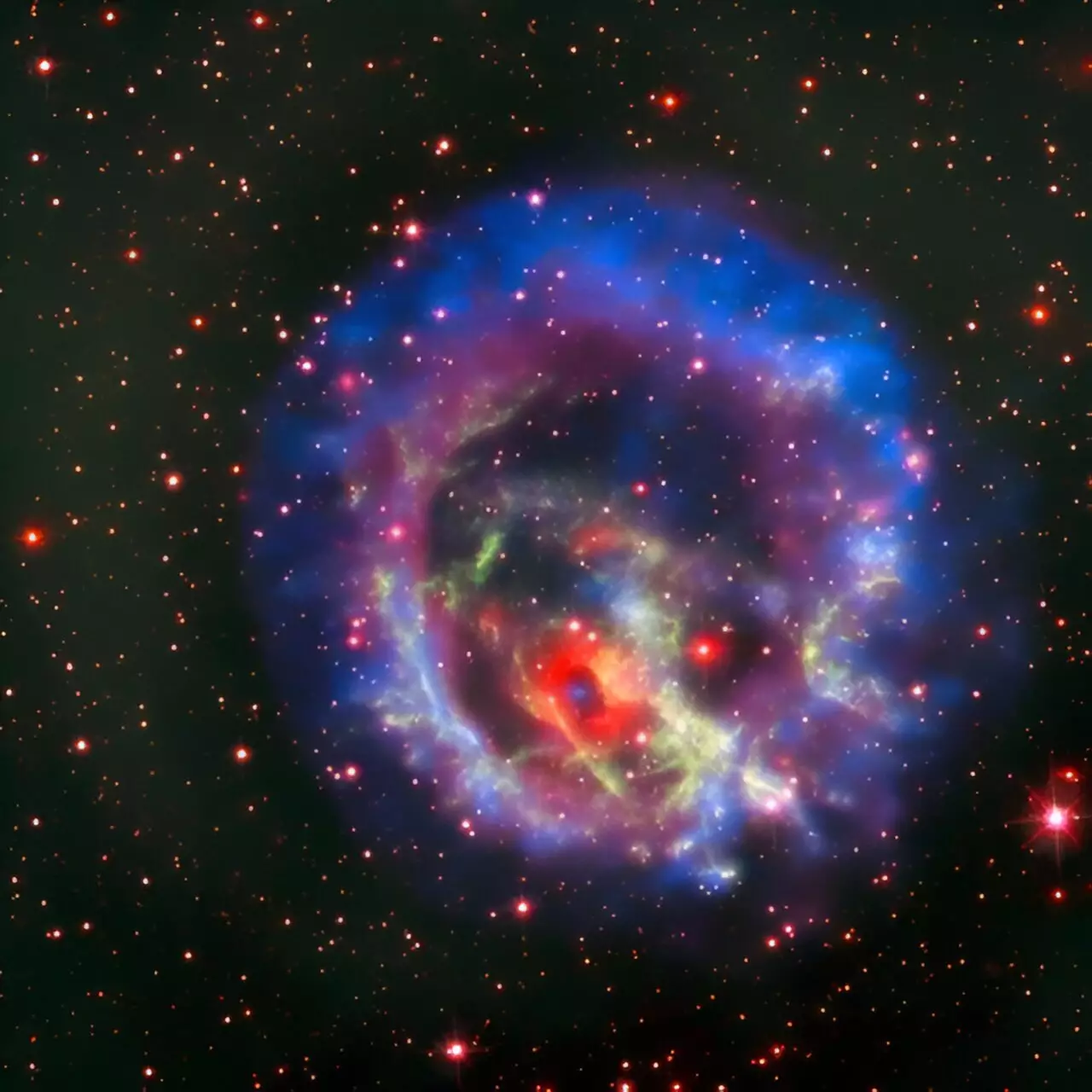The fascination with the universe’s earliest moments has propelled scientific inquiry for decades. Recent lab experiments aimed at recreating the unique states of matter existent right after the Big Bang could yield groundbreaking discoveries. An insightful analysis conducted by physicist Hidetoshi Taya and his colleagues from RIKEN suggests that these experiments might do more than just simulate ancient cosmic conditions; they may also generate the strongest electromagnetic fields ever observed on Earth. This dual potential opens an exciting frontier for physicists eager to investigate phenomena previously thought unreachable.
As research strides forward, particularly in the realm of heavy-ion collisions, the objective is to recreate conditions similar to those during the universe’s infancy. Current models, particularly the Standard Model of particle physics, postulate that immensely hot matter, when compressed into ultradense states, transitions into a plasma consisting of quarks and gluons. However, this theory carries significant uncertainties, especially under ultrahigh density scenarios, making experimental validation essential for further understanding.
For many years, the primary focus of experimental physics concerning heavy-ion collisions has revolved around producing ultra-high temperatures through energy-intensive processes. This approach, while informative, may have masked underlying phenomena linked to high-density environments. Recently, a pivotal shift towards intermediate-energy experiments aims to create these denser plasmas. Such environments mimic the extreme conditions found in neutron stars and supernovae, critical settings for understanding particle interactions and their origins.
Taya emphasizes the significance of these changes in experimental approaches, suggesting that the extreme conditions enabled by intermediate energy collisions could provide vital insights into the fundamental fabric of the universe. The shift to explore denser states may not only illuminate the nature of subatomic matter but could also unravel mysteries surrounding the birth of the cosmos itself.
With the focus on intermediate-energy collisions comes a surprising and exciting prospect: the possibility of generating ultrastrong electromagnetic fields. Taya, drawing from prior research on intense lasers, identified that these heavy-ion collisions could produce electric fields vastly stronger than those currently achievable through any existing experiment. The potential for these robust fields to create novel physical phenomena is an intriguing angle that adds depth to the research.
Historically, intense lasers—which can output power equivalent to about a hundred trillion LEDs—have provided the highest electromagnetic fields in experimental settings. Yet, these lasers still pale in comparison to the unprecedented levels of strength that could emerge from heavy-ion collision experiments. Taya’s analysis, published in the journal *Physical Review C*, underscores the promising nature of their findings.
Despite the theoretical groundwork laid by Taya and his colleagues, significant challenges remain in experimentally validating the production of these strong fields. The fundamental limitation stems from the nature of planned collision experiments: physicists cannot directly measure the electromagnetic fields generated during these collisions. Instead, they can only analyze the particles resulting from the collisions and their characteristics.
To genuinely test the predictions made regarding these strong electromagnetic fields, a deeper understanding of how they interact with observable particles becomes essential. This task involves delving into the interplay between the fields and the produced particles, shedding light on both the scale and nature of the phenomena at play.
The potential to recreate early universe conditions while simultaneously generating ultrastrong electromagnetic fields represents a remarkable opportunity for physicists. As experiments progress, the intersection of heavy-ion collisions and novel physical phenomena promises to revolutionize our understanding of not just particle physics but also the very fabric of the universe. This journey to uncover the mysteries of our existence serves as a powerful reminder of the endless possibilities that lie within the field of physics, waiting to be explored through ingenuity and rigorous experimentation.


Leave a Reply
You must be logged in to post a comment.